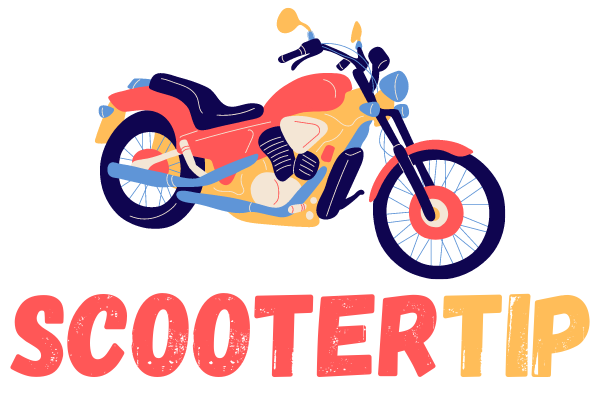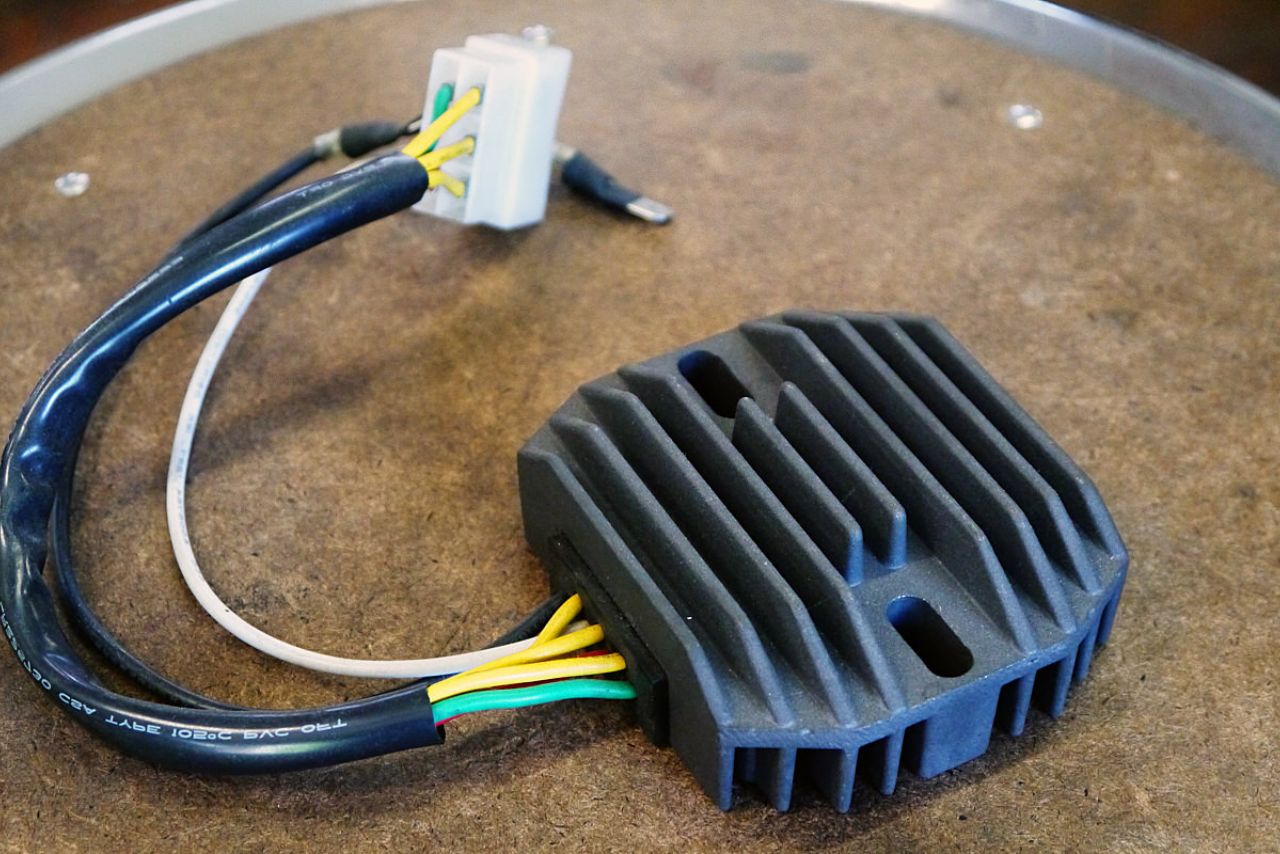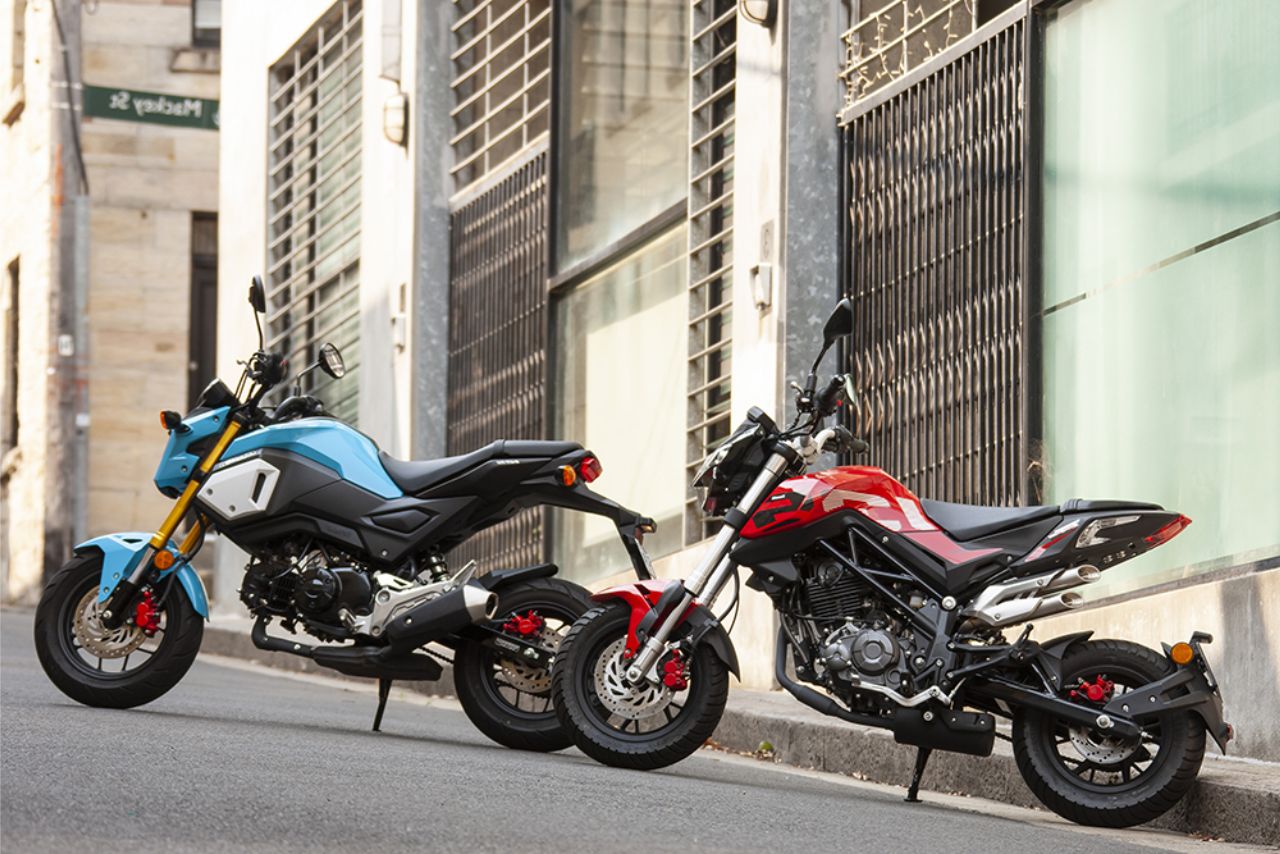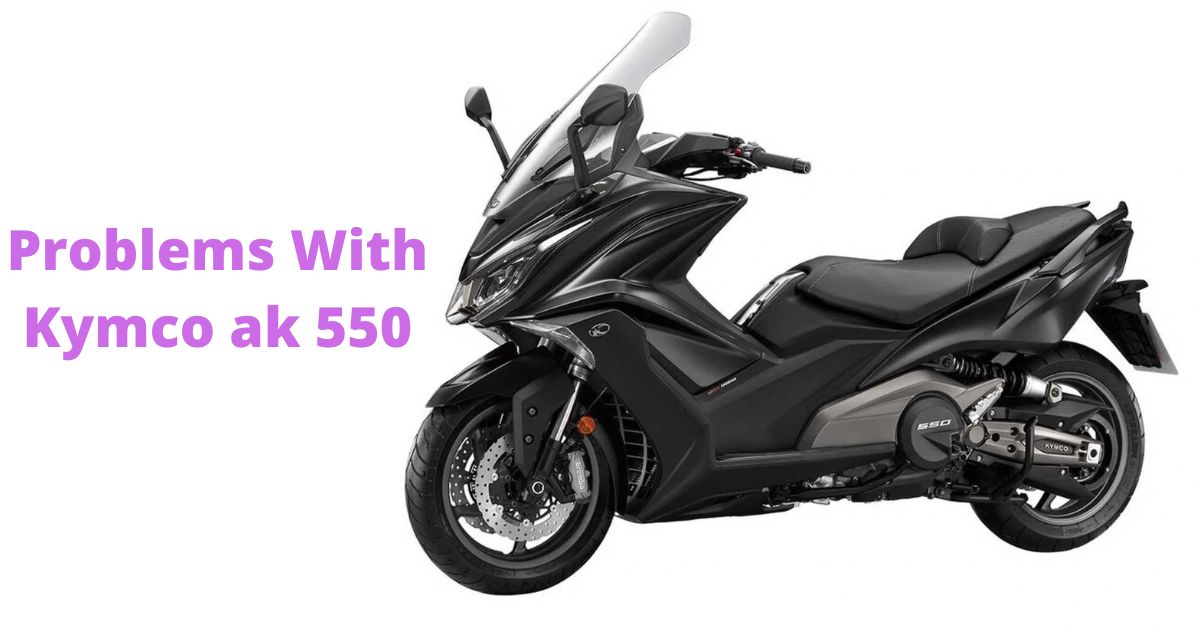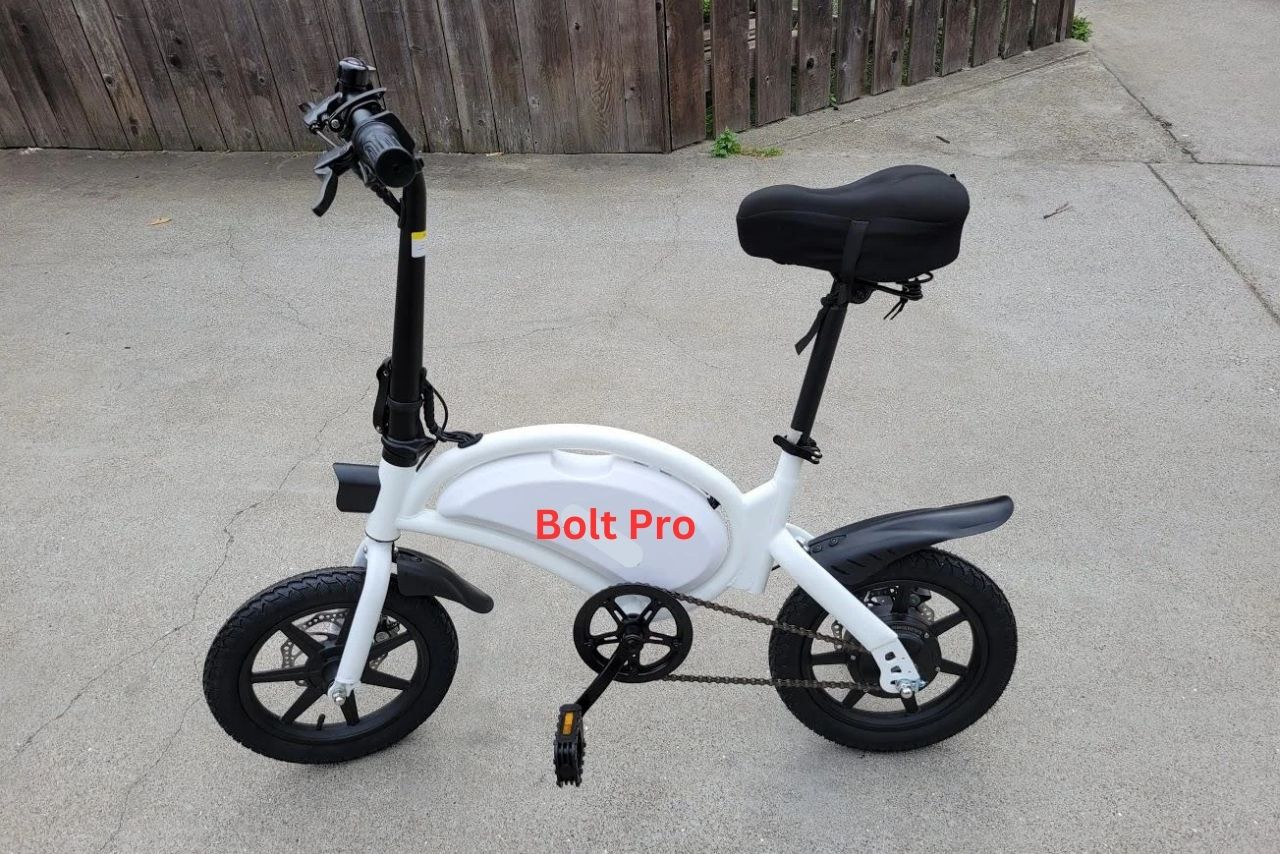If you’re a motorcycle enthusiast, you probably know how frustrating it can be when your bike refuses to start. There are several potential culprits behind this issue, and one component that often gets overlooked is the rectifier.
So, the burning question is, will a motorcycle start with a bad rectifier?
The rectifier plays a crucial role in converting the alternating current (AC) generated by the motorcycle’s stator into direct current (DC) needed to charge the battery and power the electrical components.
If the rectifier is faulty or damaged, it won’t be able to perform this conversion effectively, leading to a drained battery and no power to start the motorcycle.
In this article, we’ll delve deeper into the rectifier’s function, signs of a bad rectifier, and steps to diagnose and fix the issue.
So, keep reading to learn more about this often overlooked yet vital motorcycle component.
Will a Motorcycle Start with a Bad Rectifier?
Yes, a motorcycle will start with a bad rectifier. However, the battery will not be able to charge properly, so the motorcycle will eventually run out of power and will not start again.
The rectifier is a part of the charging system on a motorcycle. It converts the alternating current (AC) power from the alternator into direct current (DC) power, which is what the battery needs to charge.
If the rectifier is bad, the AC power will not be converted into DC power, and the battery will not be able to charge.
Even though a motorcycle with a bad rectifier will start, it is not advisable to ride it. The battery will eventually run out of power, and the motorcycle will not start again.
Additionally, the bad rectifier can damage other electrical components on the motorcycle.
Here are some of the symptoms of a bad rectifier:
If you experience any of these symptoms, it is a good idea to have your rectifier checked by a qualified mechanic.
What Is a Rectifier and Its Function?
A rectifier is an essential component of a motorcycle’s electrical system. It plays a crucial role in converting alternating current (AC) into direct current (DC) to power the various electrical components of the bike.
Let’s delve into the details of what a rectifier is and how it functions.
Understanding the Basics
Function of a Rectifier
Rectifier Failure and its Impact
Common Signs of Rectifier Issues
The rectifier is a critical component that ensures the smooth functioning of a motorcycle’s electrical system.
It converts AC to DC, allowing the battery to charge and power the bike’s electrical components. Regular inspection and maintenance are necessary to avoid issues caused by a faulty rectifier.
Common Signs of a Bad Rectifier
When it comes to motorcycle electrical systems, the rectifier plays a crucial role in converting alternating current (AC) to direct current (DC).
A bad rectifier can wreak havoc on your bike’s electrical system, leading to a host of issues. Here are some common signs that may indicate a faulty rectifier:
It’s important to note that these signs can also be caused by other factors, so it’s best to consult a professional motorcycle mechanic for a thorough diagnosis and repair.
Effects of a Bad Rectifier on Motorcycle Starting
A faulty rectifier can have several effects on a motorcycle’s starting process. Let’s take a closer look at the impact of a bad rectifier on the starting functionality:
Insufficient charging:
The rectifier plays a crucial role in converting the alternating current (AC) generated by the motorcycle’s stator into direct current (DC) to charge the battery.
When the rectifier malfunctions, it may fail to convert the AC power properly, resulting in insufficient charging of the battery. As a result, the motorcycle may struggle to start or have a weak starting performance.
Drained battery:
A bad rectifier can cause excessive drain on the battery, especially if it fails to regulate the charging process. This can lead to a drained battery, making it difficult for the motorcycle to start.
If you notice your motorcycle’s battery constantly getting drained, a faulty rectifier could be the culprit.
Inconsistent power supply:
When a rectifier starts malfunctioning, it may introduce irregularities in the power supply to the motorcycle’s electrical components. This can cause fluctuations in voltage, leading to erratic starting behavior.
Your motorcycle may experience intermittent starting issues, such as not starting at all or starting only after multiple attempts.
Electrical component damage:
A faulty rectifier can also pose a risk to other electrical components in the motorcycle.
Fluctuating voltage or excessive current can damage sensitive parts like the ignition system, electronic fuel injection, or the engine control unit. If left unaddressed, this can result in costly repairs.
A bad rectifier can have detrimental effects on a motorcycle’s starting functionality. It can lead to insufficient charging, drained batteries, inconsistent power supply, and even damage to other electrical components.
Troubleshooting Steps for a Motorcycle with a Bad Rectifier
When your motorcycle has a bad rectifier, it can cause various electrical issues, including difficulty starting the bike.

If you suspect that your rectifier is the culprit, here are some troubleshooting steps to help you identify and address the problem.
| Troubleshooting Steps for a Motorcycle with a Bad Rectifier |
|---|
| 1. Check the Battery |
| 2. Test the Battery Voltage |
| 3. Inspect the Fuses |
| 4. Test the Stator |
| 5. Diagnose the Rectifier |
| 6. Replace the Rectifier |
Importance of Rectifier Maintenance

Taking care of your motorcycle’s rectifier is essential for ensuring its smooth and reliable performance.
The rectifier, which converts alternating current (AC) to direct current (DC), plays a crucial role in powering various electrical components of your bike.
Let’s delve into the importance of rectifier maintenance to keep your motorcycle running smoothly.
Remember, rectifier maintenance should be performed in accordance with the manufacturer’s recommendations.
Summary: Will a Motorcycle Start with a Bad Rectifier?
A bad rectifier can definitely cause issues with starting a motorcycle.
It is an essential component of the charging system that converts the alternating current (AC) produced by the motorcycle’s engine into direct current (DC) to charge the battery and power the electrical system.
Remember, while a bad rectifier can be a common cause of starting problems, it is not the only factor to consider.
Other issues like a faulty battery, starter motor, or ignition system can also contribute to difficulties in starting a motorcycle.
If your motorcycle is experiencing starting issues, it is worth checking the rectifier as a potential culprit. Seek professional help if you are unsure or unable to diagnose the problem yourself.
Proper maintenance and timely repairs can ensure that your motorcycle starts smoothly and reliably every time you hit the road.
FAQs
What Is a Rectifier?
A rectifier is an electrical component that converts alternating current (AC) into direct current (DC). It is an essential part of a motorcycle’s electrical system and can be found near the battery.
What Happens if A Rectifier Malfunctions?
If a rectifier malfunctions, it can cause the battery to overcharge or not charge at all. This can lead to a dead battery and, as a result, an inability to start the motorcycle.
How Can I Tell if My Rectifier Is Bad?
If your motorcycle is not starting, it is possible that the rectifier is bad. You can use a multimeter to measure the voltage output of the rectifier and compare it to the manufacturer’s specifications.
Is It Dangerous to Start a Motorcycle with A Bad Rectifier?
Yes, it is dangerous to start a motorcycle with a bad rectifier because it can cause severe damage to the electrical system and other components of the motorcycle.
Can I Replace a Bad Rectifier Myself?
Yes, you can replace a bad rectifier yourself if you have the right tools and knowledge.
However, it is recommended to have a professional replace the rectifier for you to ensure that it is done correctly.
